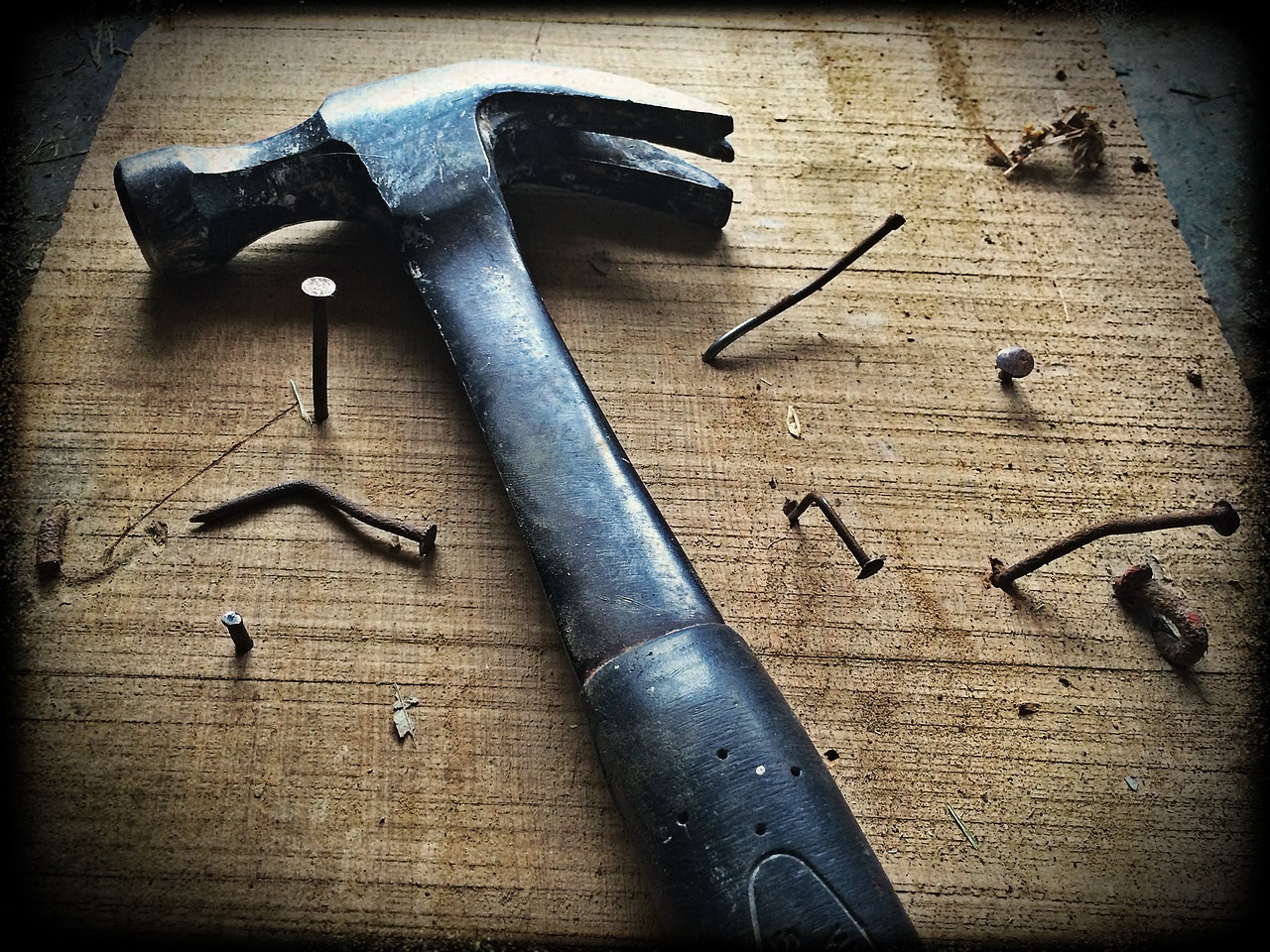In solving problems, our first instinct is to find the right answer.
In boardrooms across America, executives fall over each other to be the first to deliver the correct answer to a perceived problem. Doctors assume they’ve got the right diagnosis based on symptoms they’ve seen in the past.
Here’s the problem.
When we immediately launch into answer mode, we end up chasing the wrong problem. When we rush to identify solutions—when we fall in love with our diagnosis—our initial answer hides better ones lurking in plain sight. The difficulty lies, as John Maynard Keynes put it, “not in the new ideas, but in escaping from the old ones.”
This is known as the Einstellung effect. In German, einstellung means “set” and in this context, it refers to a mental set. When we’re familiar with a problem, and when we think we have the right answer, we stop seeing alternatives. The initial framing of the question, and the initial answer, both stick.
Our education system reinforces the Einstellung effect. In schools, we’re taught to master problems, not to reframe them. The problems are handed to—no, forced upon—students in the form of problem sets. The phrase “problem set” makes this clear: The problems have been set (einstellung) and can’t be changed or questioned. A typical problem sets out “all of its constraints, all of its given information, comprehensively and in advance,” as high school teacher Dan Meyer explains. The students then take the prepackaged and preapproved problem and plug it into a formula they memorized, which, in turn, spits out the right answer.
We then bring this conditioning into our adult lives. We continue our search for formulas, life hacks, and right answers. We ask the same cliche questions over and over again—How do we think outside the box?—but expect different results. Over time, we become a hammer, and every problem looks like a nail.
But finding the right question is often the key to finding the solution. “Every answer,” as Harvard business school professor Clayton Christensen puts it, “has a question that retrieves it.” The answer is often embedded within the question itself, so the framing of the question becomes crucial to the solution.
If you define your problem as a missing hammer, there’s only one possible solution: finding a hammer. But if you reframe the problem as a nail that’s sticking out, other solutions might work just as well.
Albert Einstein reportedly said that if he had an hour to solve a problem he’d spend 55 minutes thinking about the problem and 5 minutes thinking about solutions. There’s no evidence he actually said this, but he did believe that “the formulation of the problem is often more essential than its solution.”
Research supports this approach. Expert physicists spend more time than novices in understanding the problem before they begin crafting solutions. The most creative art students spend more time in the preparation stage than their less creative counterparts. Even after spending time viewing the problem from different angles, the more creative individuals keep an open mind and stand ready to make changes to their initial definition of the problem.
The next time you’re tempted to engage in problem solving, try problem finding instead. Ask yourself, Am I asking the right question? Is there a different way of framing the problem? If I changed my perspective, how would the problem change?
Breakthroughs, contrary to popular wisdom, don’t begin with a smart answer.
They begin with a smart question.
Bold



